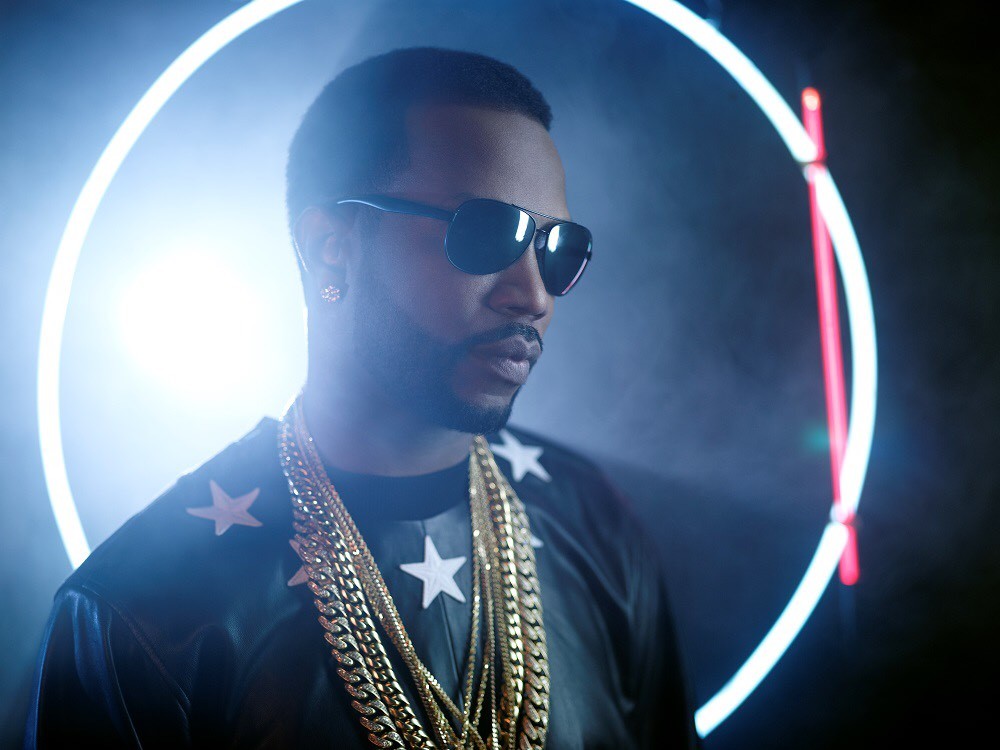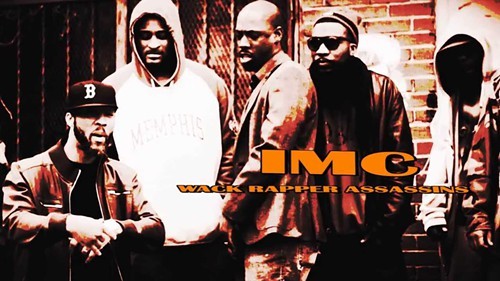The cover of Stuntarious, Vol. 5, the fifth compilation from the Unapologetic crew, and their first post-Covid entry in the Stuntarious series, puts the emphasis on the word “stunt,” and it foretells the moments of production wizardry and vocal daring within. Yet the greatest stunt may be how this fiercely indie label/artist collective/media workshop/garment factory/studio has ultimately produced what may be the playlist of the summer.
Your typical summer playlist for joyriding around town or taking a road trip getaway would be full of hits that stream in the millions. But there’s a reason that this year’s collective Unapologetic album starts with a skit’s opening words, “I’m at the radio station”: The whole thing plays out like a broadcast from some dreamland antenna in, well, “Outerspace” — which just happens to be the group’s home base and studio. Most importantly, that means the flow of skits and sounds rolls out hooks, hip-hop, and harmony in constant waves, flavors changing, big beats dropping, and melodies soaring in just the way a blasting summer radio broadcast should. It’s a parallel universe playlist.
In this universe, the summer hit, which should be booming out of passing cars right and left, would be “Say Hello,” an irresistible jam by Sequoia Gray and Eillo (produced by Kid Maestro) blending rapid-fire rap and captivating vocal lines to tell a meet-cute tale from two perspectives. As with almost every track here, the singing is half the draw. For while these artists are all steeped in hip-hop, they blend it with a melodicism and harmonious funk that’s all soul.
Sure, there are many moments here where the rappers come hard with onslaughts of verbal daggers, including the first musical number, “FWII,” the initials referring to the very non-melodic chorus/chant, “I don’t give a f*ck what it is!” in a tale of friendship gone wack. Featuring PreauXX, AWFM, IMAKEMADBEATS, C MaJor, Kid Maestro, and Nae9ne, it’s an all-star shot across the bow that doesn’t play nice yet somehow avoids all the cliches of thug life that permeate most major label trap.
Speaking of catchy chants and major labels, you might think “Expresso,” the collaboration between C MaJor, Project Pat, Spookyli, and AWFM, would be the hardest-hitting rap here, but it’s a disarmingly restrained, nay, contemplative track, albeit backed by slamming beats.
What comes through all the tracks, including the one featuring Project Pat, is a willingness and even striving to represent the whole of human experience, from flirting to fighting, from the crib to the street.
That’s partly expressed by the intriguing moods and atmospheres set by the various Unapologetic producers here, evoking alien cityscapes and eerie half-lit alleyways at every turn, yet which can erupt into radical beauty and inspired chord flourishes.
That’s especially true of the more melodic tracks here, of course, and that’s where the talents of guitarist and singer Aaron James also shine. “A Million Needles” kicks off with a strong rap by R.U.D.Y. before James joins in with the very singable chorus. “Say Hello” keeps things rolling on the melody and harmony tip, as does rheannan’s “I Know,” complete with a contemplative rap worthy of Digable Planets. And then Cameron Bethany kicks those qualities up a notch with “Magic Wand,” which shimmers with jazz flavors, as intricate vocals (and background vocals) weave among each other in dazzling display. When you hear him sing, “Turn the lights off,” you’ll swear this is hit radio from … somewhere. And then AWFM adds to it with his usual rugged humor, even as the platinum harmonies continue their weave.
The melodic string continues with Jai Musiq’s “Nowadays,” another bid to represent the full spectrum of human experience. “Nowadays I’ve been trying to figure out how I can spend the rest of life just writing songs,” go the lyrics, as if speaking for the entire collective and the art it lives for. It’s clear that sentiment is shared when the quietest moment of all arrives, with James, Nubia Yasin, and Rachel Maxann trading verses in classic folk ballad style, albeit with a bit of that inimitable Unapologetic humor thrown into the solo.
There are a lot of trademark Unapologetic moves here, as these artists have jointly mined certain themes and sounds repeatedly over the years, exploring “where vulnerability becomes art,” as their masthead proclaims. It’s wrapped up neatly in the closing banger, “Unfortunate,” by LJ1S and Tangela, whose voices ring out strong and proud like, yes, another hit on that parallel universe radio. And since I’ve repeatedly claimed the album works for that purpose, I recommend that you take it out for a spin and see for yourself. Roll down the window and let the wind blow back your hair, play this, and you’ll find the sound of Memphis — all of it — in the summer.
On Saturday, June 14th, at 6:30 p.m., AWFM and PreauXX return to the stage in the alley outside of Java Cabana, teaming up with Unapologetic producers Kid Maestro and C MaJor, and joined by General Labor, Big Clown, and Uncle See’J.

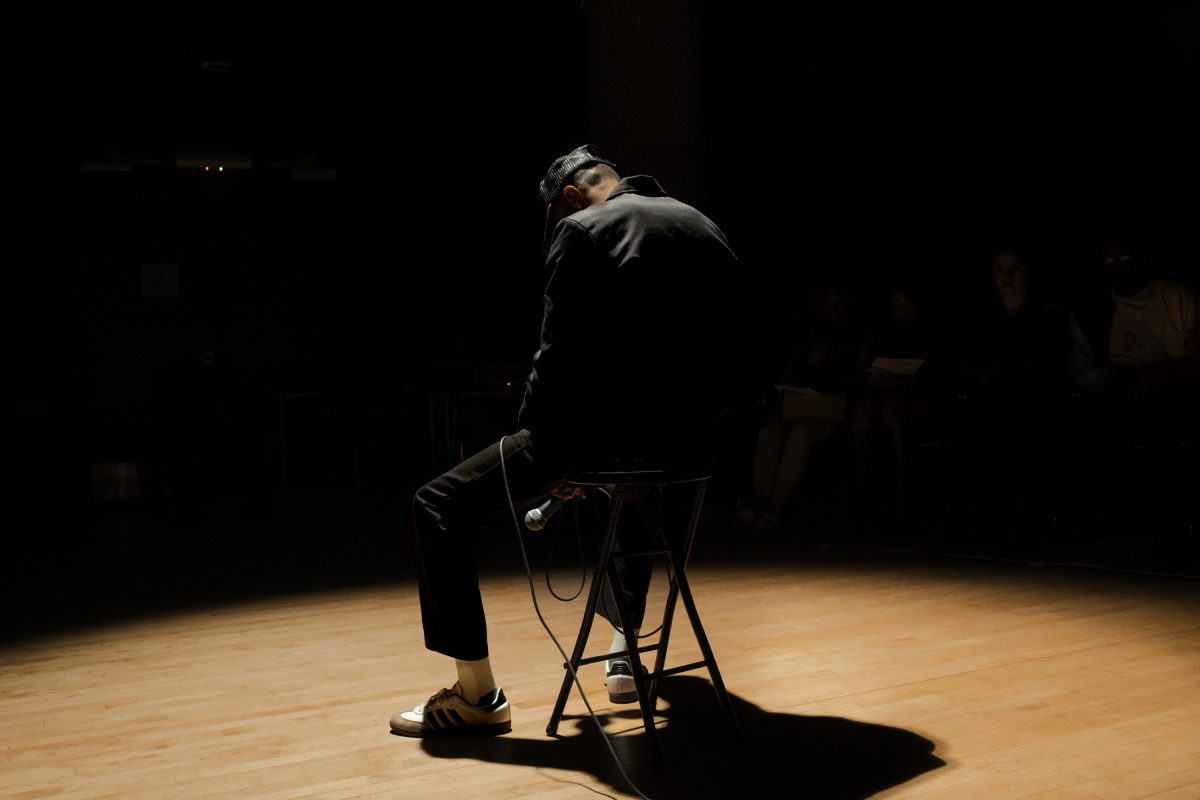
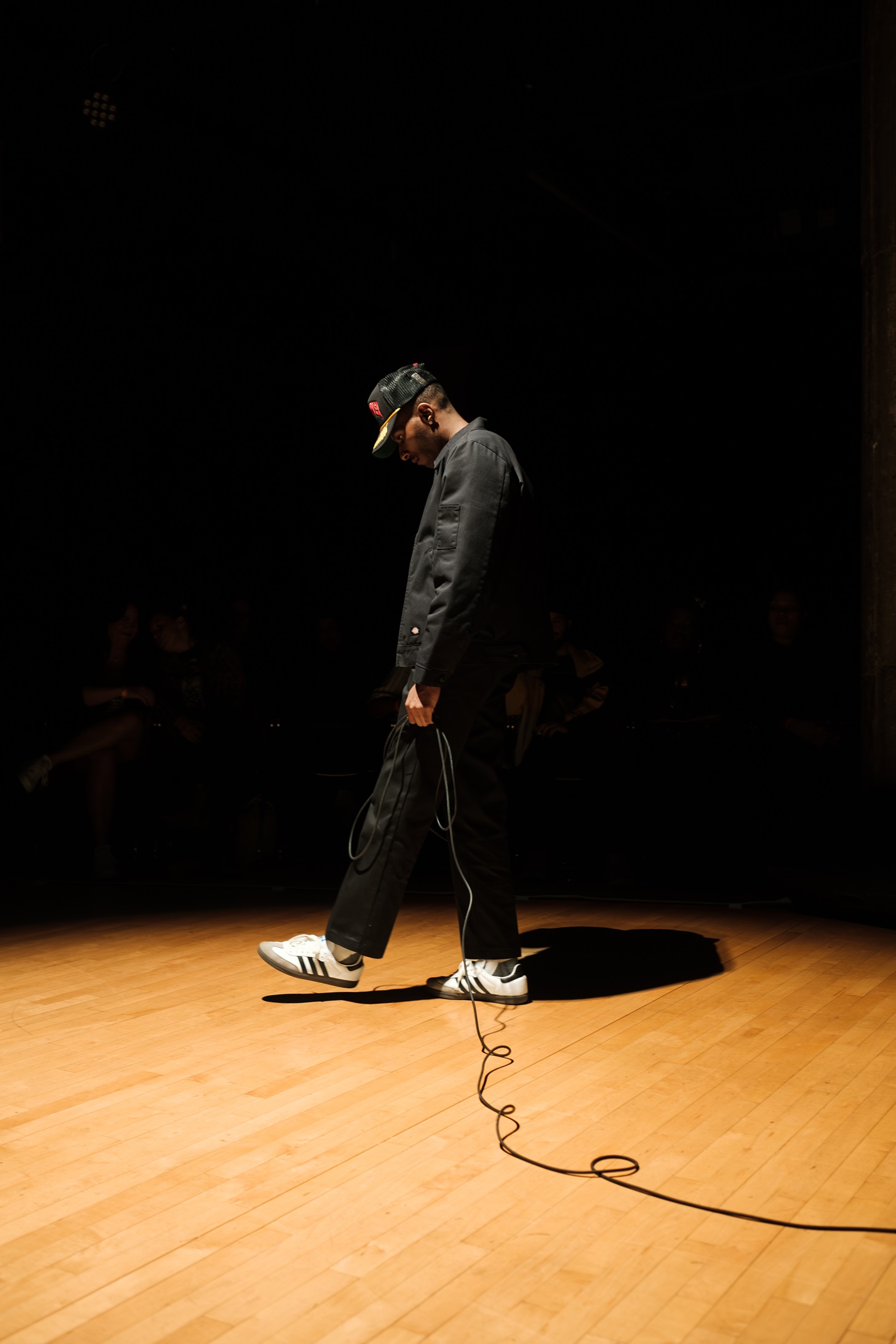
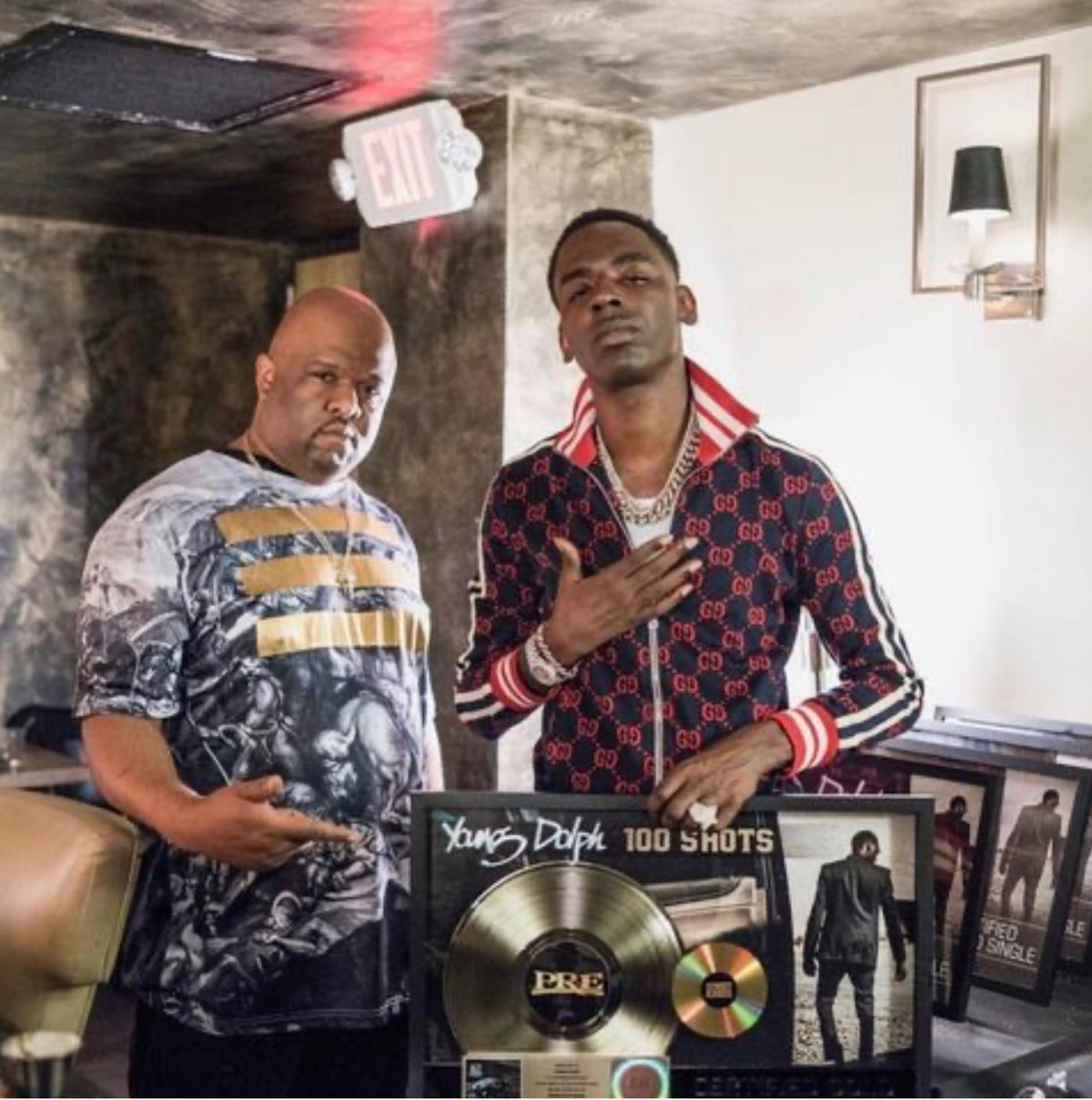

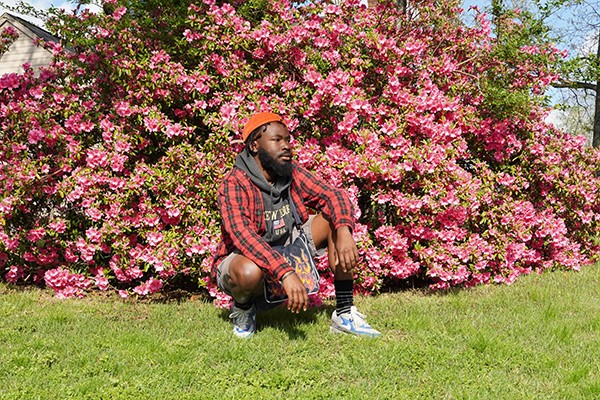 Lee Mars
Lee Mars 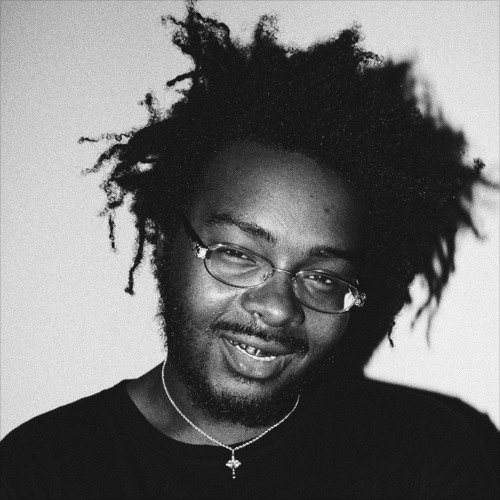

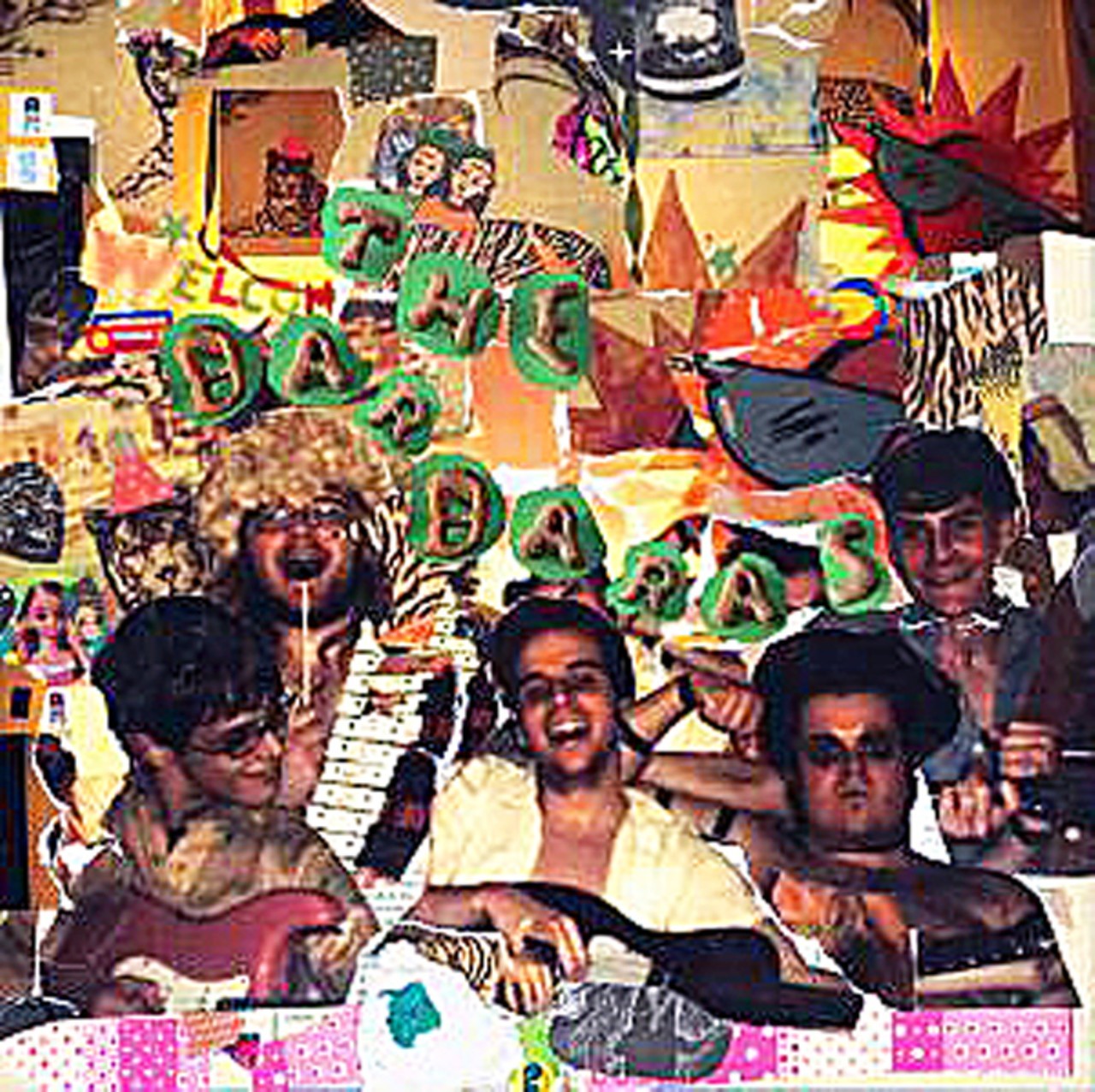
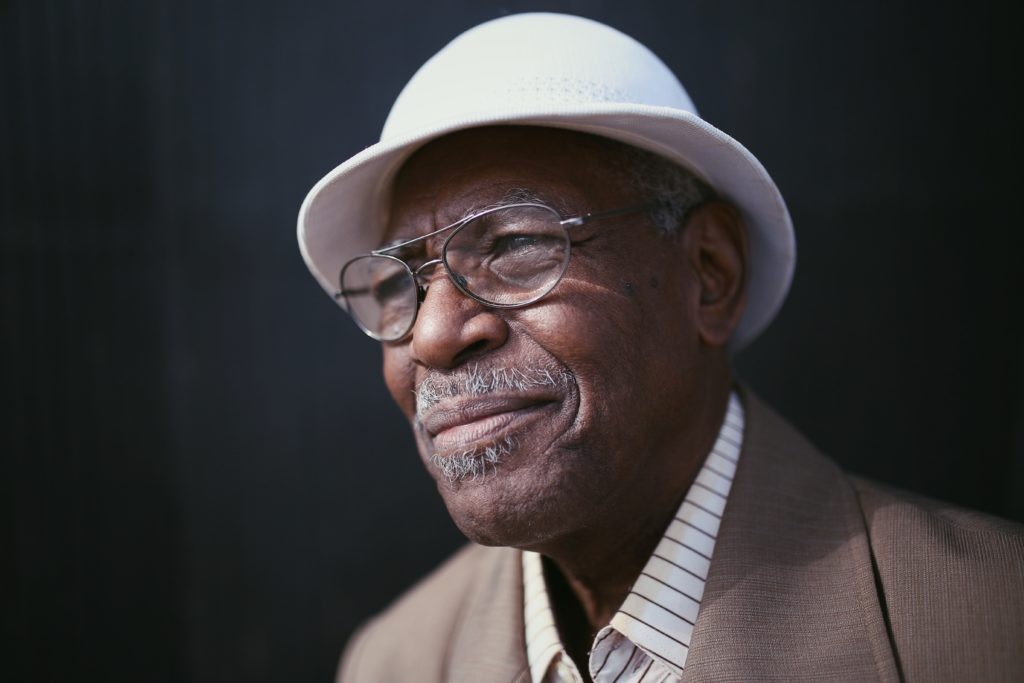 Don Bryant
Don Bryant 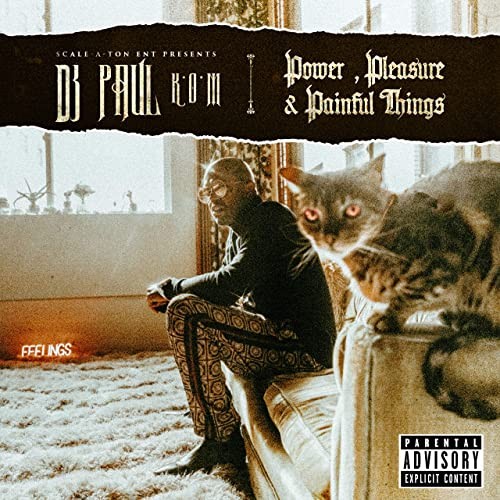
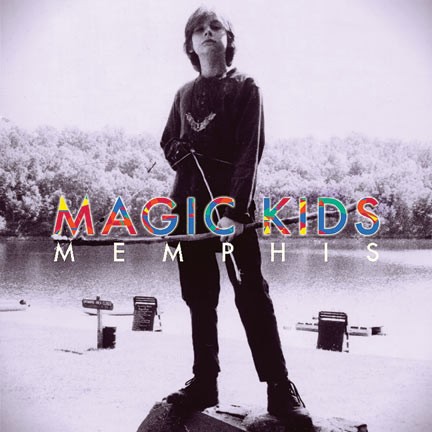

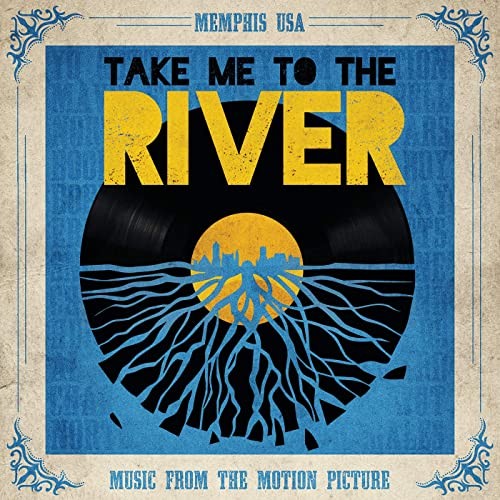
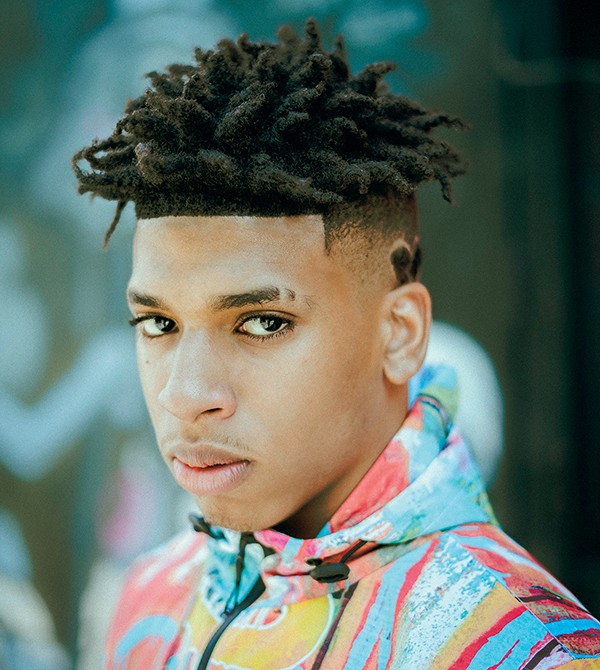
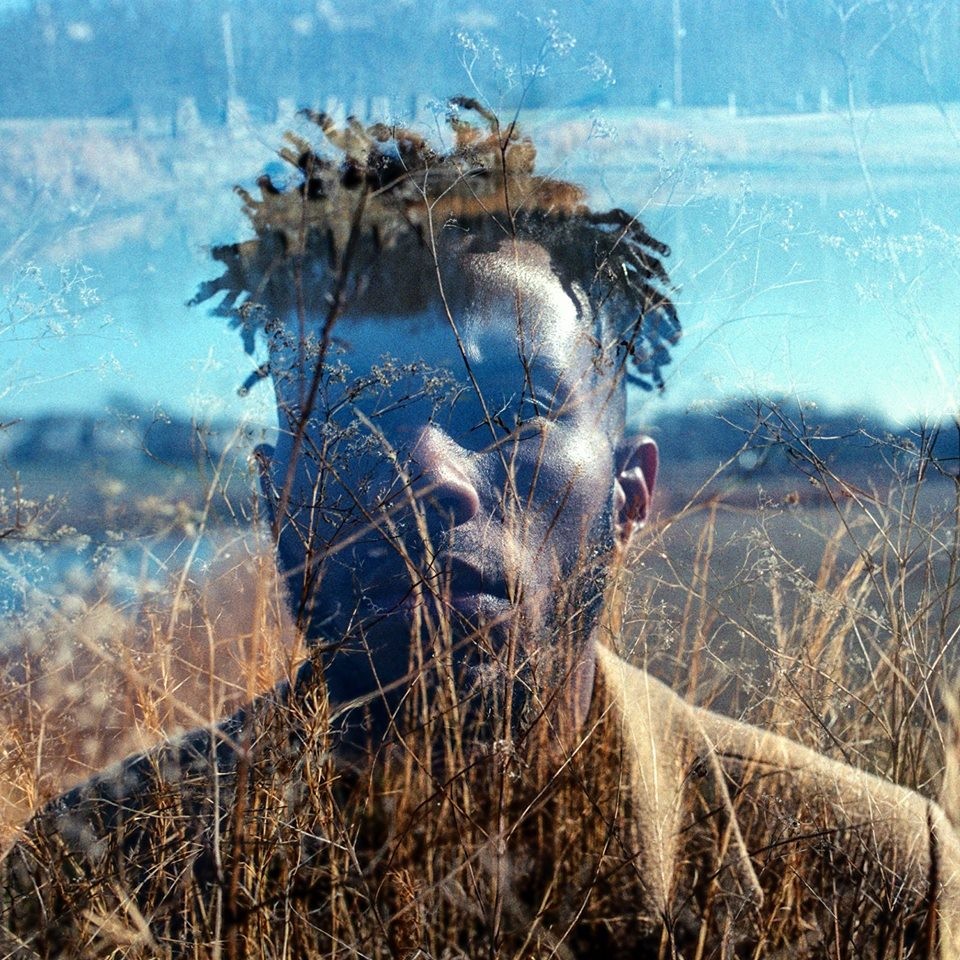

 Travis Whiteside
Travis Whiteside 